Home>Furniture & Design>Outdoor Furniture>How To Get Rid Of Mealybugs On Outdoor Plants?
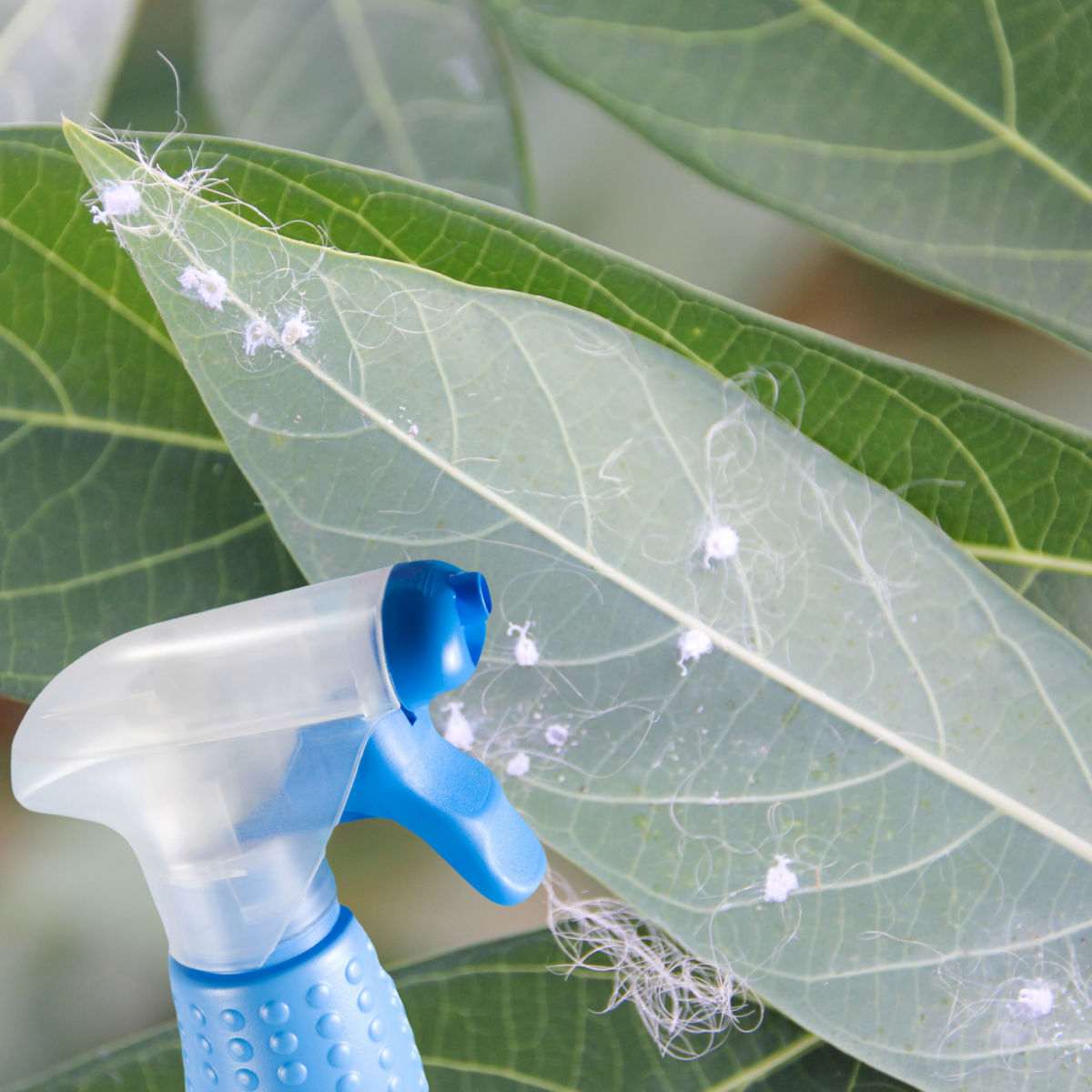

Outdoor Furniture
How To Get Rid Of Mealybugs On Outdoor Plants?
Published: January 16, 2024
Learn effective methods to eliminate mealybugs from your outdoor plants. Protect your outdoor furniture and design from mealybug infestations. Practical tips for a pest-free garden.
(Many of the links in this article redirect to a specific reviewed product. Your purchase of these products through affiliate links helps to generate commission for Storables.com, at no extra cost. Learn more)
Introduction
When it comes to maintaining the health and beauty of your outdoor plants, dealing with pests can be a common challenge. Among the various pests that can wreak havoc on your greenery, mealybugs are particularly notorious for causing damage. These tiny, soft-bodied insects may seem harmless at first glance, but they can quickly multiply and infest your outdoor plants, draining them of vital nutrients and stunting their growth.
In this comprehensive guide, we will delve into the world of mealybugs and explore effective strategies to eradicate these pesky pests from your outdoor plants. From identifying mealybug infestations to implementing natural and chemical control methods, we will equip you with the knowledge and tools needed to combat these unwelcome intruders. Additionally, we will discuss preventive measures to safeguard your outdoor plants against future mealybug infestations.
By the end of this guide, you will be well-versed in identifying, combating, and preventing mealybug infestations, empowering you to nurture thriving outdoor plants that are free from the clutches of these persistent pests. So, let's embark on this enlightening journey to reclaim the vitality and splendor of your outdoor greenery!
Key Takeaways:
- Mealybugs can harm outdoor plants, but you can fight back naturally by pruning, using water sprays, and introducing helpful insects like ladybugs. This helps keep your garden healthy and balanced.
- Preventing mealybug infestations is key to protecting your outdoor plants. Regular inspections, good garden hygiene, and promoting natural predators can create an environment that’s unwelcoming to these pests.
Read more: How To Kill Mealybugs On Outdoor Plants
Identifying Mealybugs
Before embarking on the mission to eliminate mealybugs from your outdoor plants, it’s crucial to be able to identify these tiny adversaries. Mealybugs are small, soft-bodied insects that belong to the family Pseudococcidae. They are typically white or light gray in color, resembling tiny balls of cotton or specks of white powder. Mealybugs are often found in clusters on the stems, leaves, and undersides of outdoor plants, where they feed on the plant sap using their piercing mouthparts.
One of the telltale signs of a mealybug infestation is the presence of a sticky, sugary substance known as honeydew. Mealybugs excrete honeydew as they feed, creating a sticky residue on the plant’s surface. This sticky residue not only attracts ants but also provides an ideal medium for the growth of black sooty mold, further compromising the health and aesthetics of the affected plants.
When inspecting your outdoor plants for mealybugs, pay close attention to the areas where the stems and leaves meet, as well as the undersides of the foliage. Mealybugs are adept at hiding in these sheltered spots, making it imperative to conduct a thorough examination to detect their presence. Additionally, keep an eye out for any abnormal discoloration or wilting of the plant, as these may indicate an underlying mealybug infestation.
Furthermore, it’s essential to differentiate between mealybugs and other common pests that may afflict outdoor plants. While aphids and scale insects share some similarities with mealybugs, each pest has distinct characteristics that can aid in accurate identification. By familiarizing yourself with the appearance and behavior of mealybugs, you can take the first step towards effectively addressing and eradicating these persistent pests from your outdoor oasis.
Natural Methods to Get Rid of Mealybugs
When it comes to combating mealybug infestations on outdoor plants, employing natural methods can be an effective and environmentally friendly approach. These natural remedies not only target mealybugs but also help maintain the overall ecological balance of your garden. Here are some natural methods to consider:
- Pruning and Removal: Begin by inspecting your outdoor plants for mealybug-infested areas. Prune and remove the heavily infested parts, such as stems and leaves, to prevent the spread of mealybugs to healthy sections of the plant. Dispose of the removed plant material carefully to avoid reintroducing mealybugs into your garden.
- High-Pressure Water Spray: Using a strong jet of water, carefully spray the infested outdoor plants to dislodge and remove mealybugs. Focus the spray on the undersides of leaves and other hidden areas where mealybugs tend to congregate. Repeat this process regularly to disrupt the mealybugs’ feeding and breeding patterns.
- Natural Predators: Introducing natural predators of mealybugs, such as ladybugs, lacewings, and predatory beetles, can help control the mealybug population in your garden. These beneficial insects feed on mealybugs, offering a natural and sustainable solution to reduce their numbers.
- Neem Oil Spray: Neem oil, derived from the seeds of the neem tree, serves as a natural insecticide and repellent. Dilute neem oil in water according to the manufacturer’s instructions and spray it onto the affected outdoor plants. Neem oil disrupts the growth and development of mealybugs, helping to curtail their infestation.
- Homemade Soap Solution: Create a mild soap solution by mixing liquid dish soap with water. Spray this solution onto the mealybug-infested plants, ensuring thorough coverage. The soap solution disrupts the mealybugs’ outer waxy coating, leading to their dehydration and eventual demise.
By incorporating these natural methods into your pest control regimen, you can effectively combat mealybug infestations while minimizing the impact on the environment and the beneficial organisms in your garden. These natural remedies offer a holistic and sustainable approach to managing mealybugs and preserving the vitality of your outdoor plants.
To get rid of mealybugs on outdoor plants, try spraying the affected areas with a mixture of water and dish soap. This can help suffocate and remove the pests from your plants.
Chemical Control of Mealybugs
While natural methods can be highly effective in managing mealybug infestations, there are instances where chemical control measures may be necessary, especially in cases of severe or persistent infestations. It’s important to approach chemical control with caution, ensuring that the selected products are safe for both the plants and the surrounding environment. Here are some chemical control options to consider:
- Insecticidal Soap: Insecticidal soaps, formulated specifically for controlling soft-bodied insects like mealybugs, can be applied to outdoor plants according to the manufacturer’s instructions. These soaps disrupt the mealybugs’ cell membranes, leading to their demise while posing minimal risk to beneficial insects and vertebrates.
- Horticultural Oils: Horticultural oils, such as mineral oil-based or plant-based oils, can suffocate and kill mealybugs by coating their bodies and obstructing their breathing pores. When using horticultural oils, it’s crucial to apply them during the appropriate weather conditions and avoid spraying under extreme temperatures to prevent potential plant damage.
- Systemic Insecticides: Systemic insecticides, available in various formulations including granules, liquids, and drenches, are absorbed by the plants and translocated throughout their vascular systems. When mealybugs feed on plants treated with systemic insecticides, they ingest the toxic compounds, leading to their elimination. It’s essential to carefully follow the product label instructions and adhere to safety precautions when using systemic insecticides.
- Contact Insecticides: Contact insecticides, such as pyrethroids and organophosphates, can provide rapid knockdown of mealybugs upon direct contact. These insecticides act on the nervous system of the pests, leading to paralysis and eventual death. When using contact insecticides, it’s crucial to target the areas where mealybugs are actively present and avoid excessive application to minimize environmental impact.
Prior to implementing chemical control measures, it’s advisable to assess the severity of the mealybug infestation and consider non-chemical alternatives whenever feasible. Additionally, always prioritize the safety of beneficial insects, pollinators, and other non-target organisms when using chemical control methods. By exercising prudence and adhering to responsible application practices, you can effectively address mealybug infestations while minimizing potential risks to the surrounding ecosystem.
Preventing Mealybug Infestations
Prevention plays a pivotal role in safeguarding your outdoor plants against mealybug infestations, sparing you the effort and frustration of combating these persistent pests. By implementing proactive measures and maintaining a vigilant approach, you can create an inhospitable environment for mealybugs, reducing the likelihood of infestations. Here are some effective strategies for preventing mealybug infestations:
- Regular Inspections: Routinely inspect your outdoor plants for early signs of mealybug activity, including the presence of white, cottony clusters and honeydew residue. Early detection allows for prompt intervention, preventing mealybug populations from establishing and spreading.
- Cultural Practices: Practice good garden hygiene by removing fallen leaves, debris, and plant litter, as these can harbor mealybugs and their eggs. Additionally, avoid over-fertilizing outdoor plants, as excessive nitrogen can stimulate tender growth that is more susceptible to mealybug infestations.
- Optimal Plant Placement: When designing your garden or outdoor landscape, consider the placement of plants with regard to sunlight, air circulation, and spacing. Providing adequate spacing between plants and optimizing their exposure to sunlight can promote robust growth and reduce the vulnerability to mealybug infestations.
- Quarantine New Additions: Prior to introducing new plants to your outdoor space, thoroughly inspect them for signs of mealybugs or other pests. Consider quarantining new plant acquisitions for a period to monitor their health and ensure they are free from infestations before integrating them into your garden.
- Biological Controls: Encourage the presence of natural predators and beneficial insects in your garden, as they play a crucial role in regulating mealybug populations. By fostering a diverse and balanced ecosystem, you can harness the natural pest control capabilities of predatory insects to mitigate mealybug infestations.
- Education and Awareness: Stay informed about the habits, life cycle, and vulnerabilities of mealybugs, empowering yourself with the knowledge needed to proactively address potential infestations. By educating yourself and fellow garden enthusiasts, you can collectively contribute to the prevention and management of mealybug outbreaks.
By integrating these preventive measures into your gardening practices, you can fortify your outdoor plants against mealybug infestations, creating an environment that is less conducive to their proliferation. Through vigilance, informed decision-making, and a proactive approach, you can nurture thriving outdoor greenery that remains resilient against the threats posed by mealybugs.
Read more: How To Get Rid Of Gnats In Outdoor Plants
Conclusion
As you embark on the journey of maintaining vibrant and healthy outdoor plants, the presence of mealybugs can pose a formidable challenge. However, armed with the knowledge and strategies outlined in this guide, you are well-equipped to combat mealybug infestations and fortify your garden against future incursions.
By familiarizing yourself with the identifying characteristics of mealybugs and staying attuned to the early signs of infestations, you can swiftly intervene and implement targeted control measures. Embracing natural methods such as pruning, high-pressure water sprays, and the introduction of natural predators empowers you to address mealybug infestations while preserving the ecological balance of your garden.
When considering chemical control options, exercising caution and choosing products that are safe for your plants and the environment is paramount. By prioritizing responsible application practices and considering non-chemical alternatives whenever feasible, you can effectively manage severe mealybug infestations while minimizing potential risks to beneficial organisms and the ecosystem at large.
Prevention emerges as a cornerstone of sustainable pest management, and by integrating proactive measures into your gardening routine, you can create an environment that is inhospitable to mealybugs. Through regular inspections, cultural practices, optimal plant placement, and the promotion of biological controls, you can fortify your outdoor plants against the scourge of mealybug infestations.
As you embrace the art of gardening and cultivate a thriving outdoor oasis, the knowledge and insights gained from this guide empower you to navigate the complexities of mealybug control with confidence and efficacy. By fostering a harmonious and resilient garden ecosystem, you can revel in the beauty and vitality of your outdoor plants, free from the encumbrance of mealybug infestations.
With a blend of vigilance, proactive measures, and a deep-rooted passion for nurturing greenery, you are poised to conquer the challenges posed by mealybugs, ensuring that your outdoor plants flourish and thrive in a pest-resistant haven of natural splendor.
Frequently Asked Questions about How To Get Rid Of Mealybugs On Outdoor Plants?
Was this page helpful?
At Storables.com, we guarantee accurate and reliable information. Our content, validated by Expert Board Contributors, is crafted following stringent Editorial Policies. We're committed to providing you with well-researched, expert-backed insights for all your informational needs.
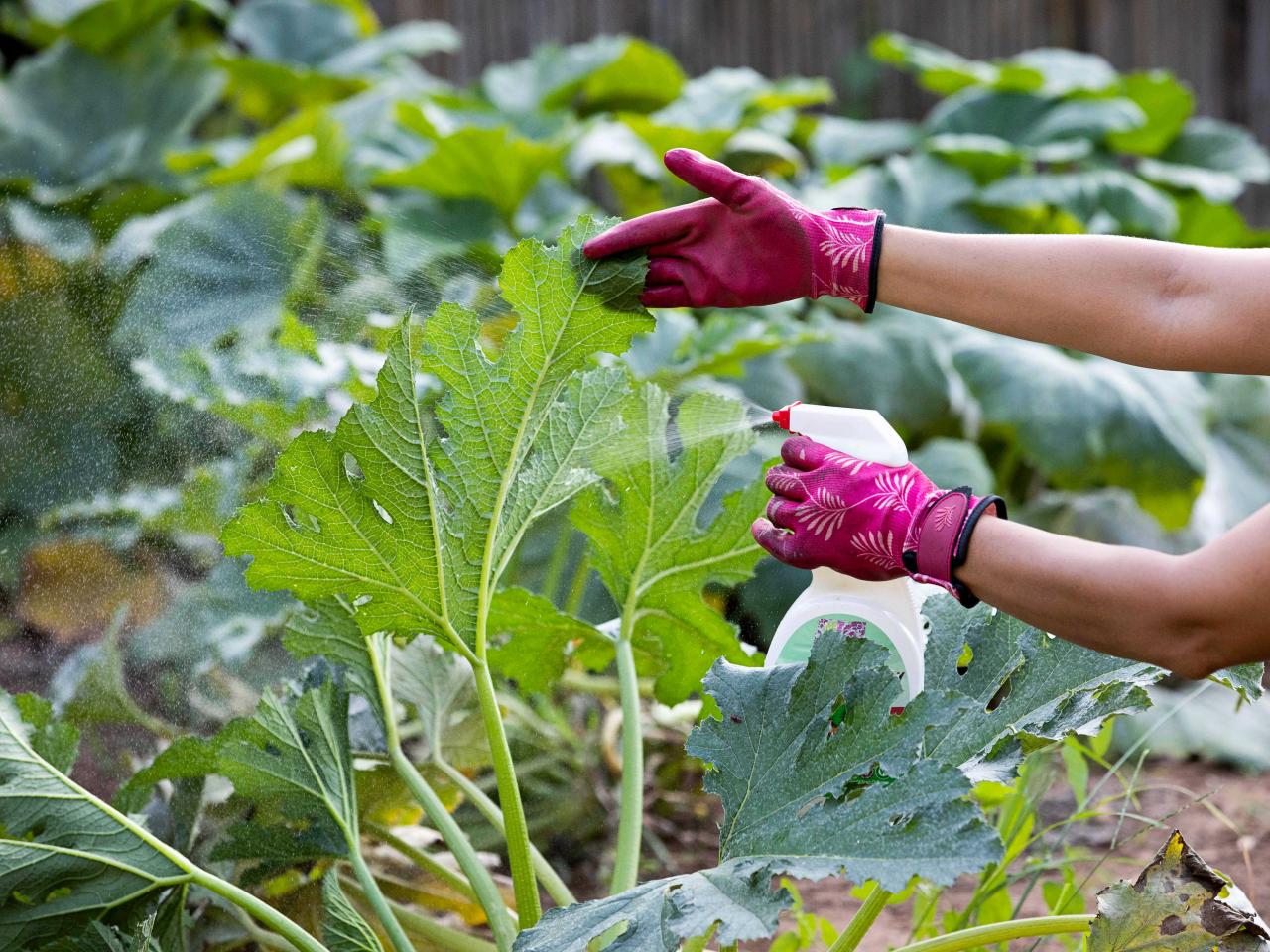
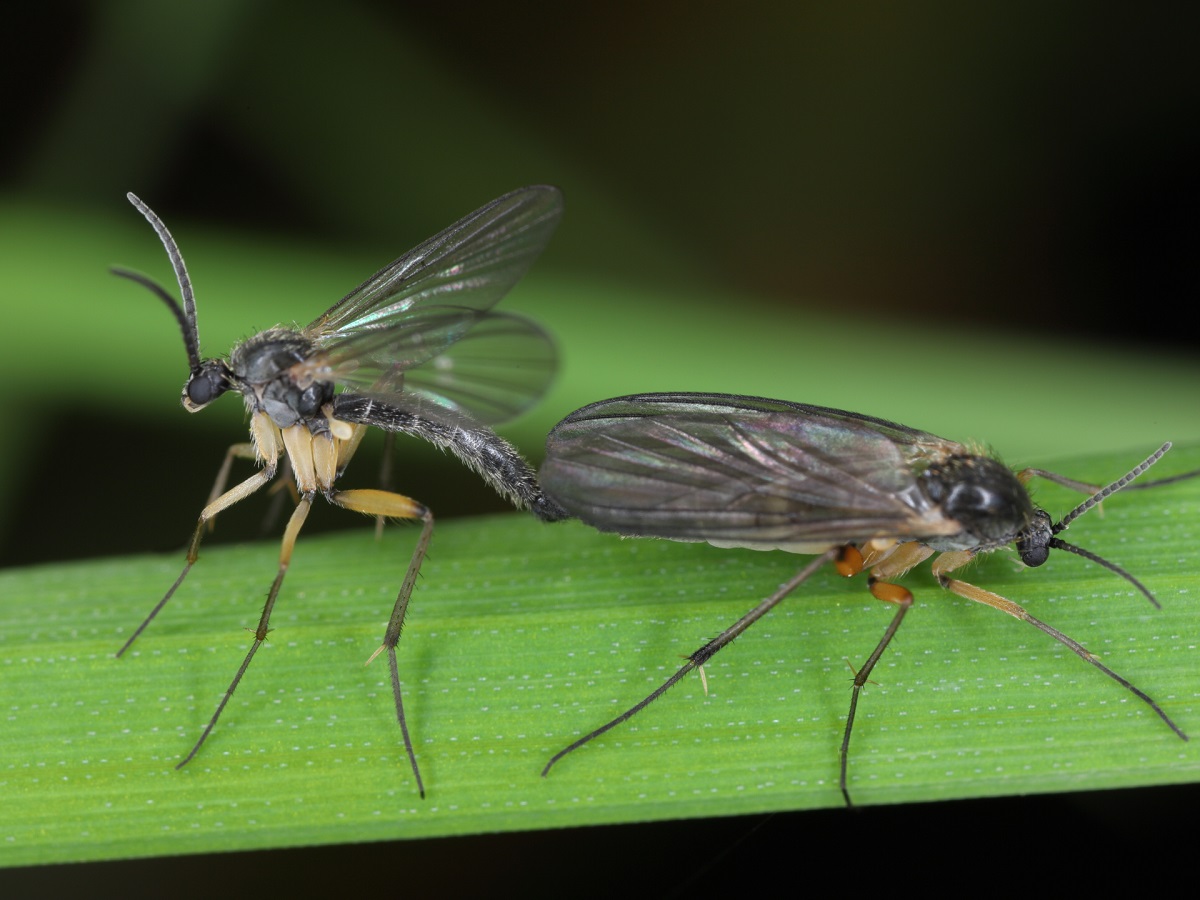
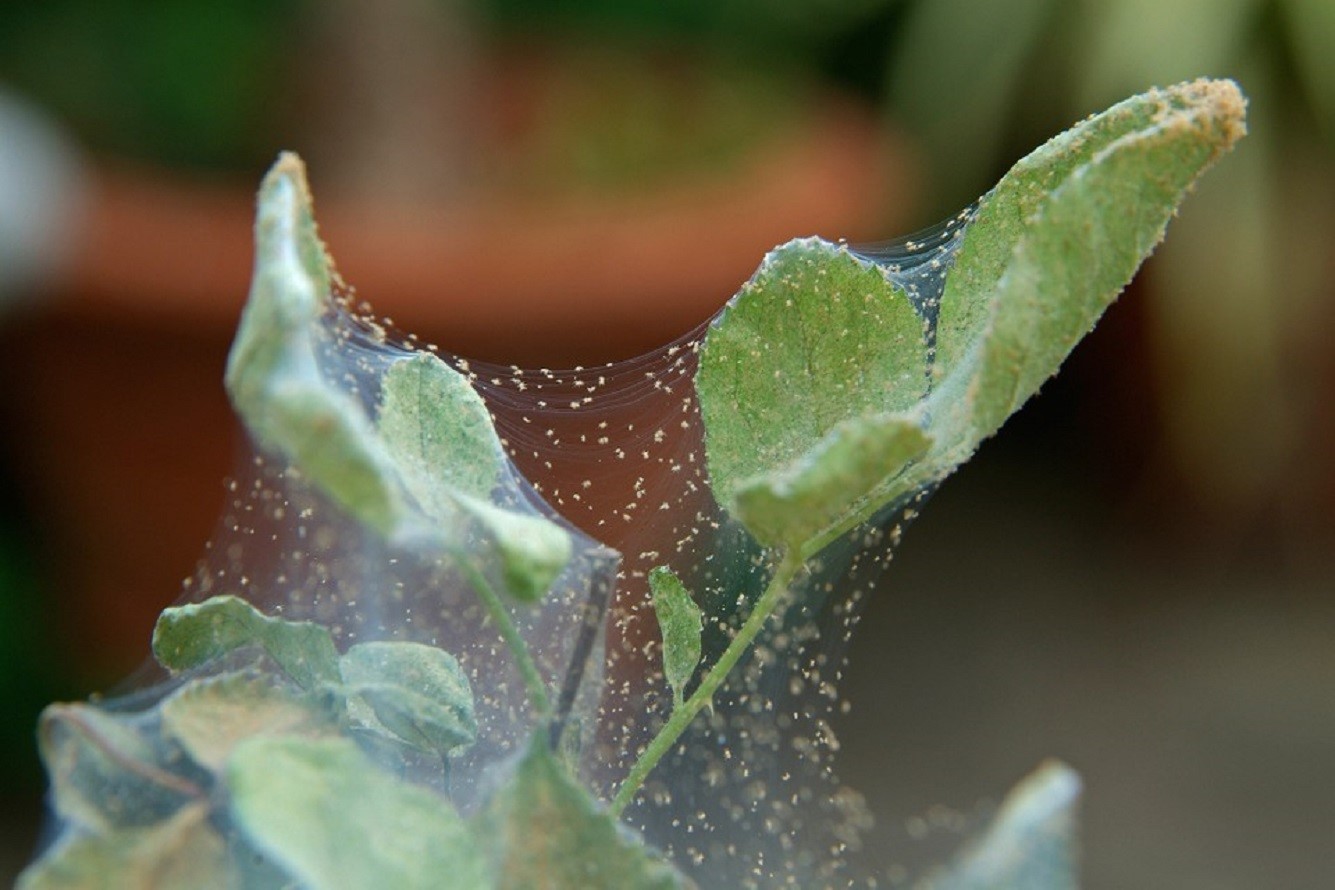
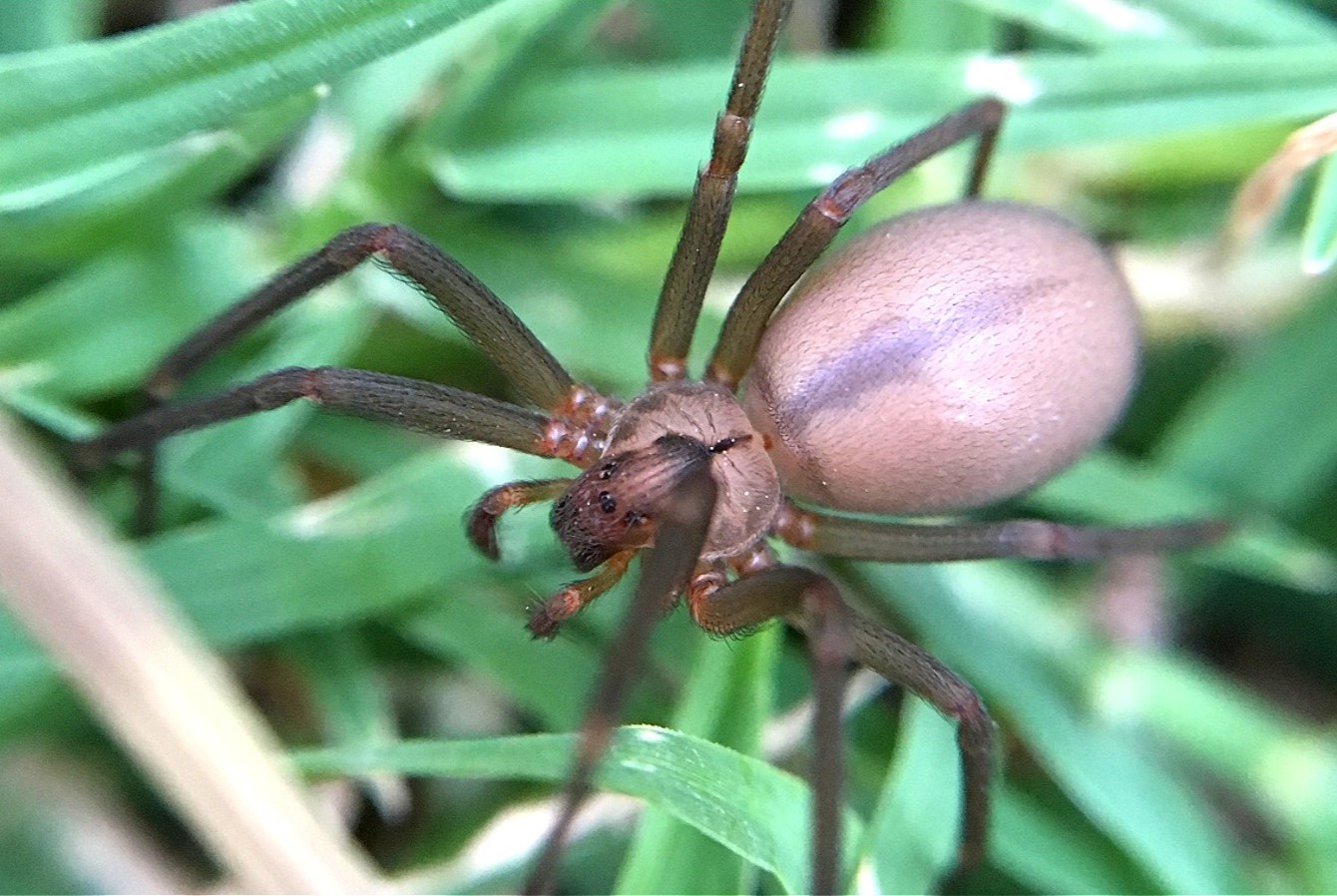
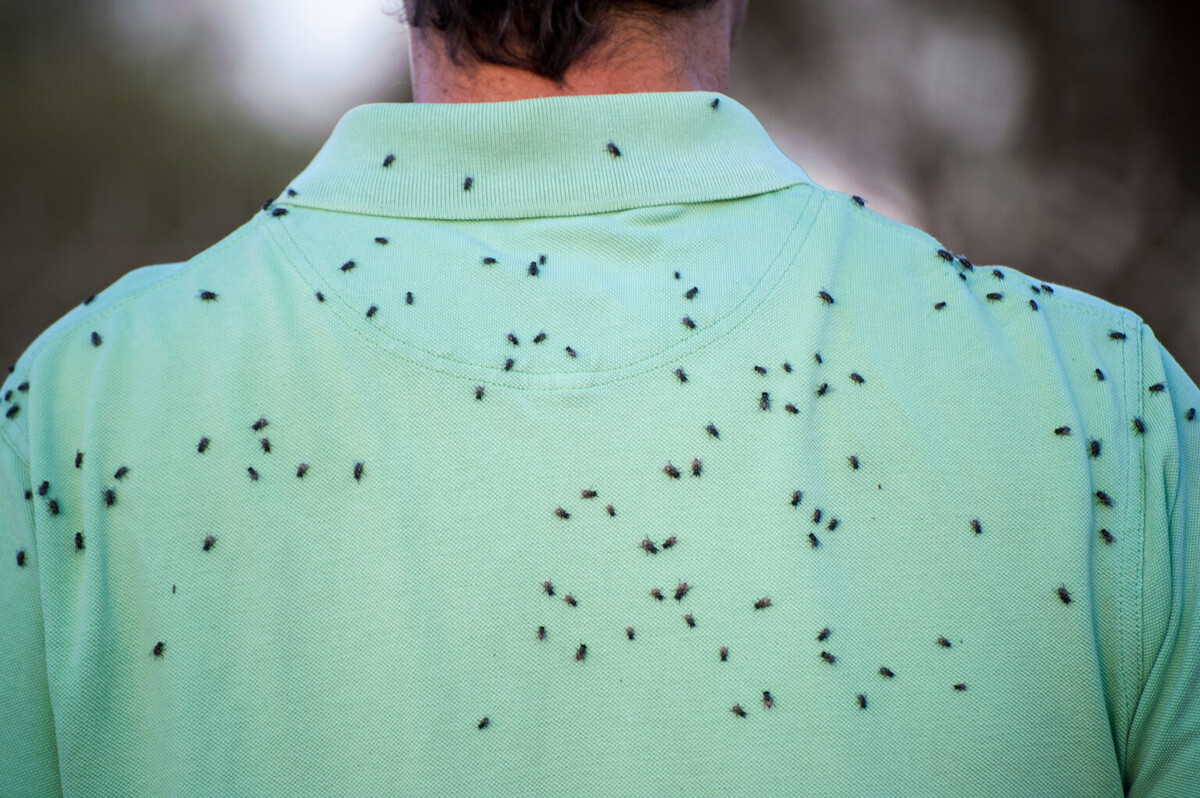
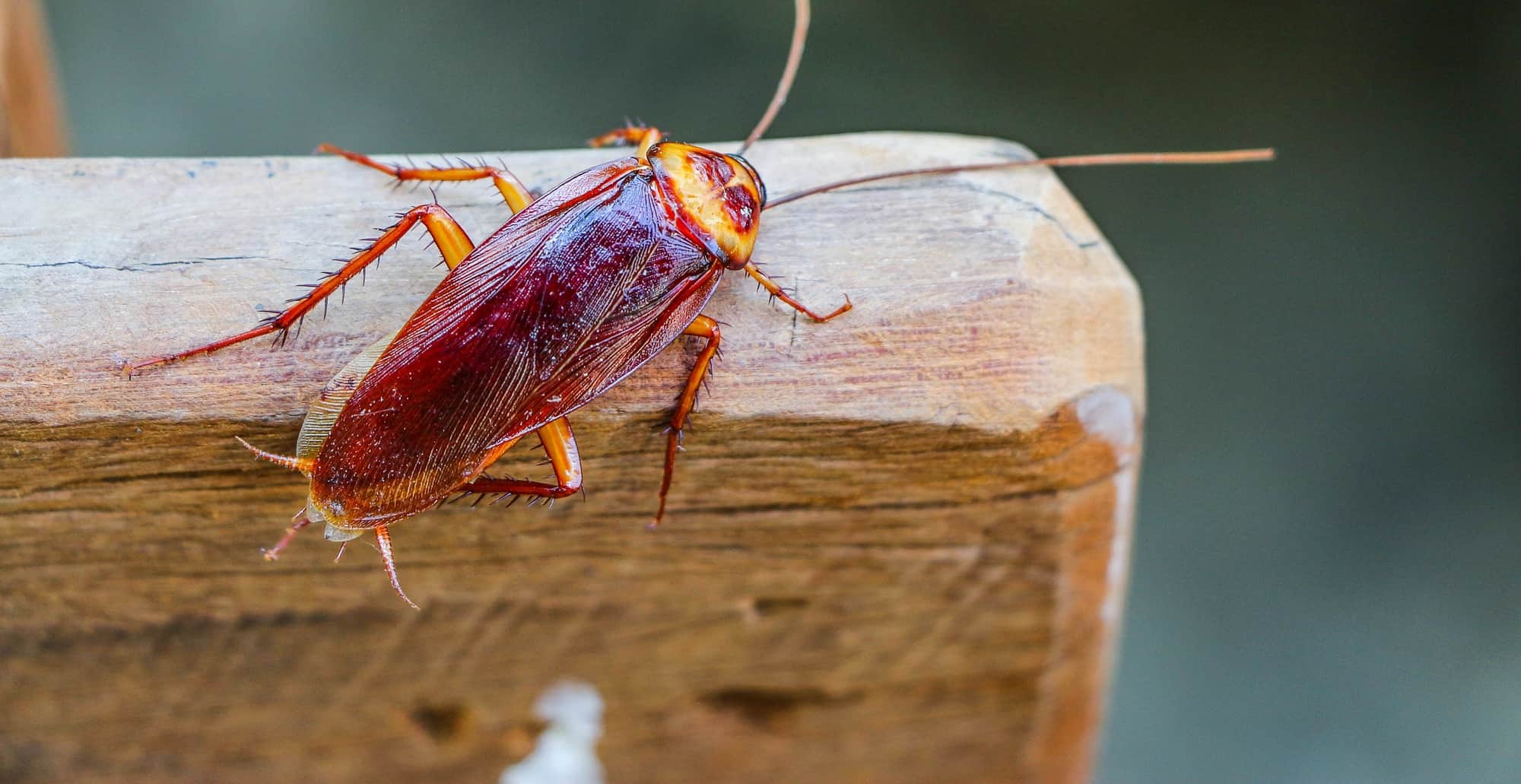
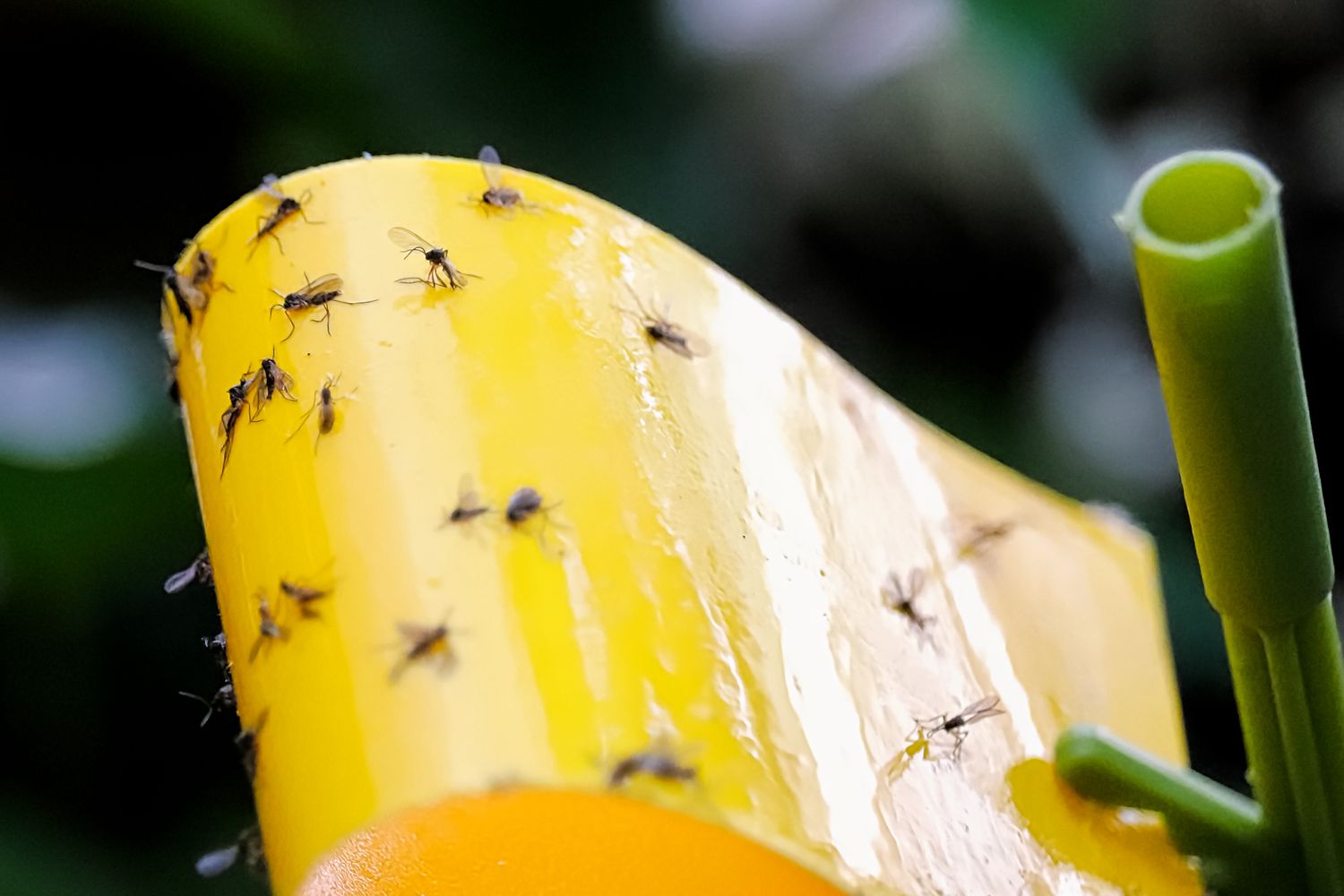
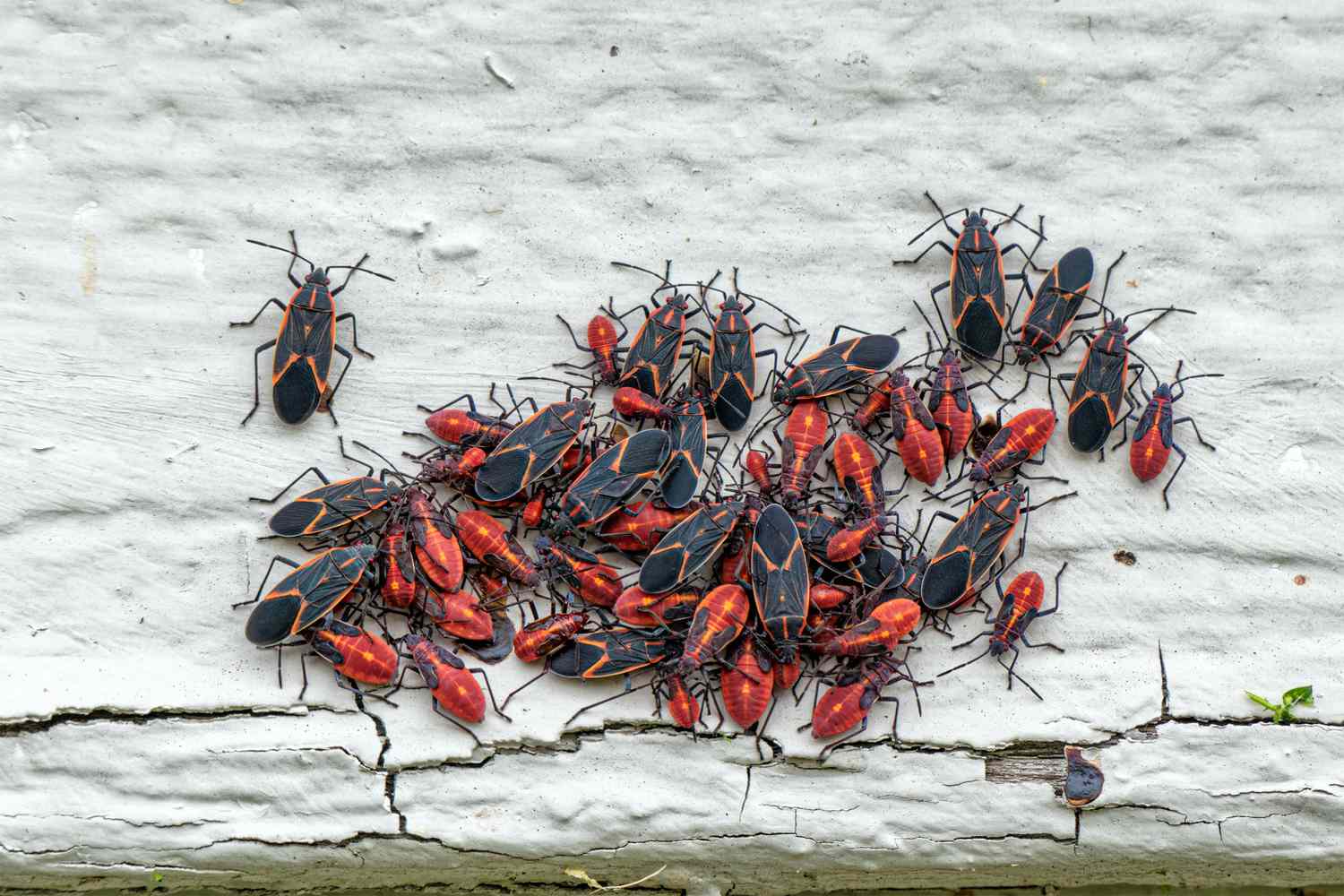
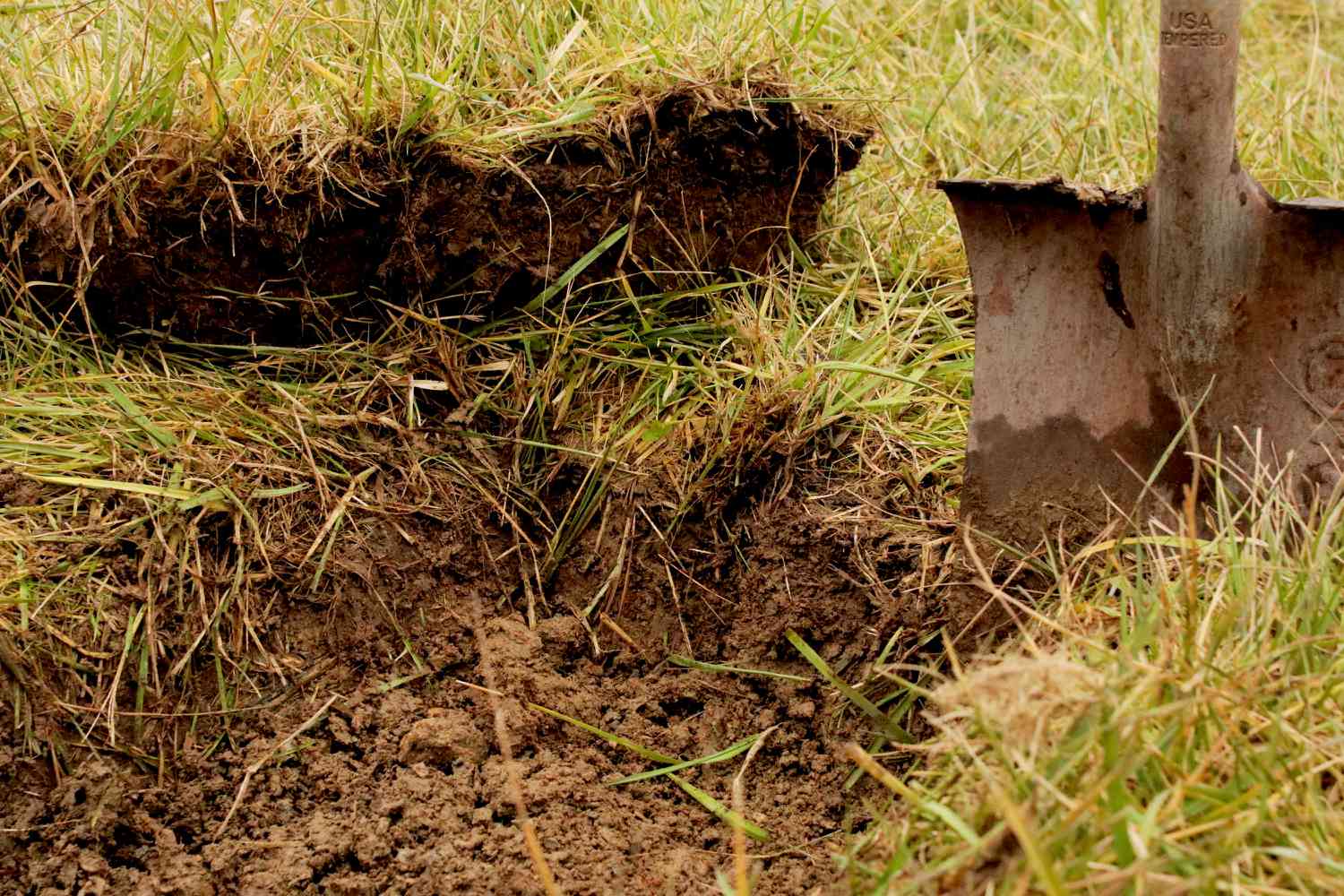
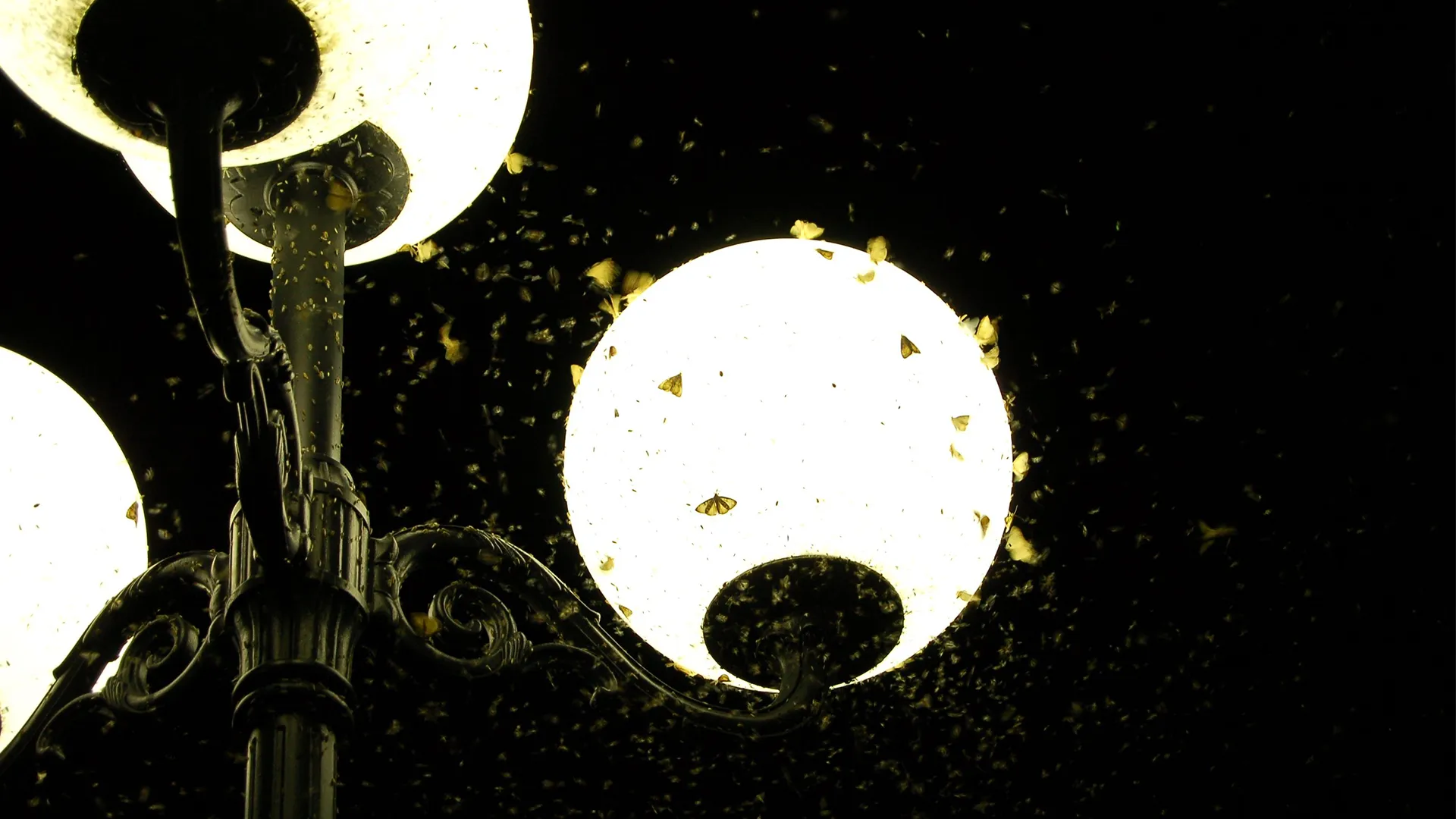





0 thoughts on “How To Get Rid Of Mealybugs On Outdoor Plants?”